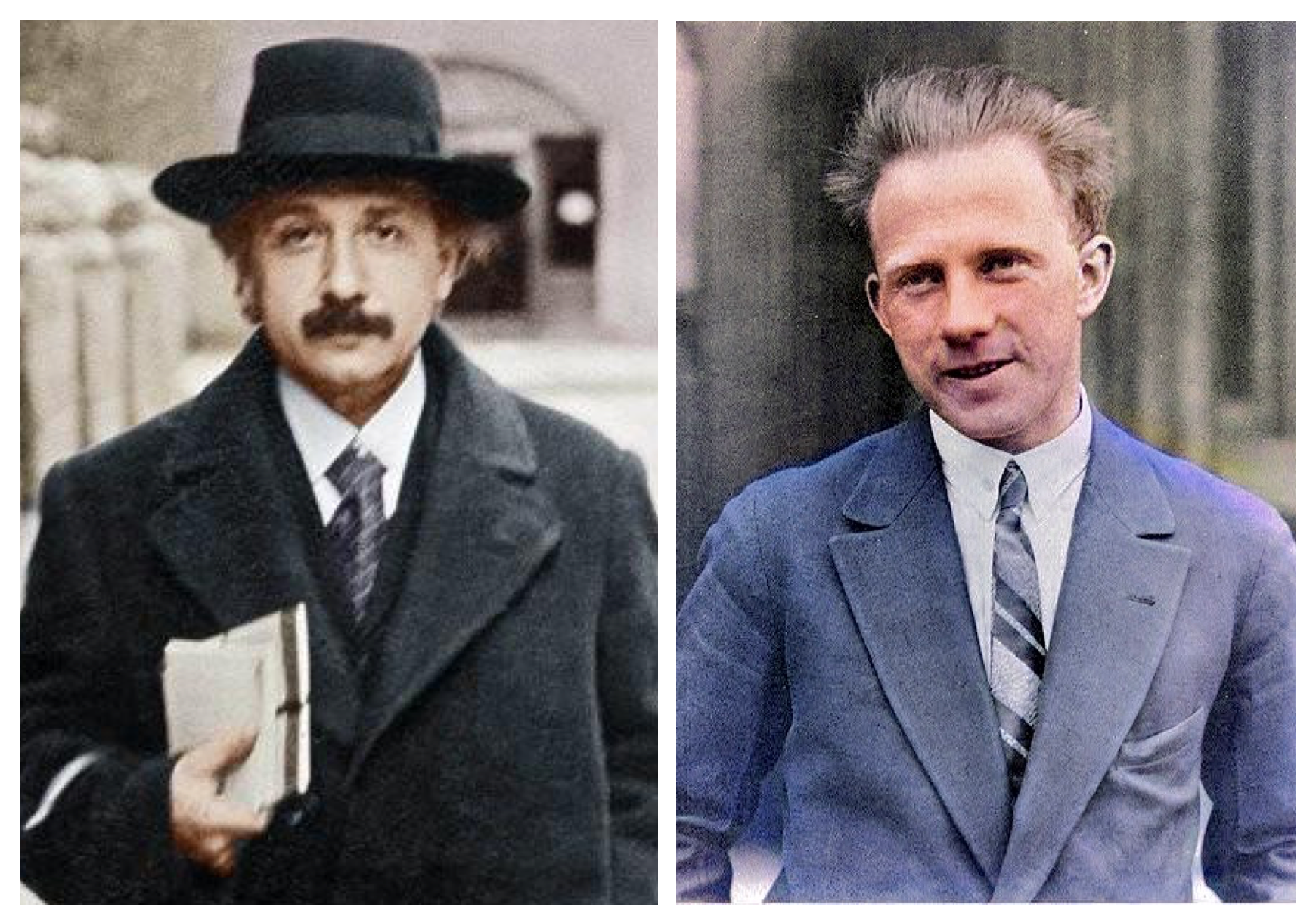Carl Linnaeus, frequently hailed as the “pioneer of contemporary taxonomy,” is a name inextricably linked with the transformative reorganization of the biological disciplines. His unwavering commitment to categorization and naming conventions not only fundamentally altered the way living organisms were structured but also established the crucial groundwork for systematic biology, impacting botanical, zoological, and ecological research for hundreds of years.
The Birth of Modern Taxonomy
Before Linnaeus, the categorization of life forms was based on intricate descriptions and variable terminology, frequently causing ambiguity and misunderstanding among academics. The common method for describing a plant or animal involved extensive Latin expressions outlining its features—a system referred to as the “polynomial” nomenclature. This absence of uniformity hindered scientific discourse across diverse cultures and tongues.
Linnaeus pioneered the binomial nomenclature, a dual-name classification method comprising a genus and a species descriptor. As an illustration, he designated the common house cat as Felis catus, thereby achieving conciseness and distinctness at once. This methodology systematically superseded the convoluted earlier naming practices, laying down a structure suitable for global acceptance.
The Systema Naturae and Hierarchical Classification
Linnaeus’s major work, Systema Naturae, first published in 1735 and expanded through multiple editions, presented an ambitious attempt to catalog all known life on Earth. He proposed a hierarchical classification system comprised of nested groupings: Kingdom, Class, Order, Genus, and Species. This structure introduced a logical progression for placing organisms in ever-more specific categories, shaping the backbone of modern taxonomic methodology.
In the tenth edition of Systema Naturae (1758), which is considered the starting point for zoological nomenclature, Linnaeus enumerated approximately 7,700 species of plants and 4,400 species of animals. Each was described succinctly, with new and shorter names. This method replaced the confusion of synonyms and regional terms and allowed scientists globally to communicate unambiguously about the same organisms.
Standardization and the Advancing Depth of Natural Sciences
By bringing systematic order to the biological world, Linnaeus enabled other disciplines to flourish. Botanists and zoologists could now cross-reference findings reliably. For instance, medical practitioners in the 18th and 19th centuries depended on Linnaean names for identification and medicinal plant research, minimizing hazardous errors stemming from nomenclatural ambiguity.
Beyond mere naming, Linnaeus’s contributions enabled the recognition of connections between living things. Although he initially considered his classifications to be fixed and divinely established, the organizational system provided a foundation upon which subsequent evolutionary thinkers—like Charles Darwin and Alfred Russel Wallace—could build theories of lineage and shared origins.
Field Work, Description, and the Global Scientific Network
Linnaeus didn’t confine his impact to academic tomes. He trained a generation of students, known as “Linnaean apostles,” who traveled across the world—Asia, Africa, the Americas—to collect, describe, and classify new species. These expeditions fed invaluable data back to European collections, catalyzing knowledge exchange and scientific collaboration on an unprecedented scale.
He also contributed new concepts like the sexual system of plant classification, which grouped plants based on reproductive organ characteristics. Though later superseded in plant systematics, the simplicity and expressiveness of this method brought rigor and reproducibility to botany, stimulating wide-ranging debates and refinements.
The Enduring Impact on Modern Biology and Other Fields
Long after Linnaeus’s time, the fundamental principles he set forth remain integral. The binomial system is codified by international nomenclatural codes for plants, animals, fungi, and even bacteria. Taxonomists continue to use the hierarchical framework, though refined and expanded as scientific understanding grows.
Molecular biology, phylogenetics, and genomics now complement traditional taxonomy, yet the Linnaean system endures as a common tongue for biologists. Archival documents reveal that from the late 18th to the mid-19th centuries, natural history museums and herbaria arranged their reference collections using Linnaean classifications, thereby facilitating both scholarly research and public instruction.
In essence, the scientific perspective experienced a significant shift. Through the establishment of rigorous criteria, Linnaeus facilitated comparative biological studies, fundamentally altered medical practice via accurate classification, and inadvertently contributed to the development of evolutionary theory. His concept of an organized natural realm still resonates, underscoring the perpetual need for systematic arrangement and distinctness in the pursuit of comprehending existence.





